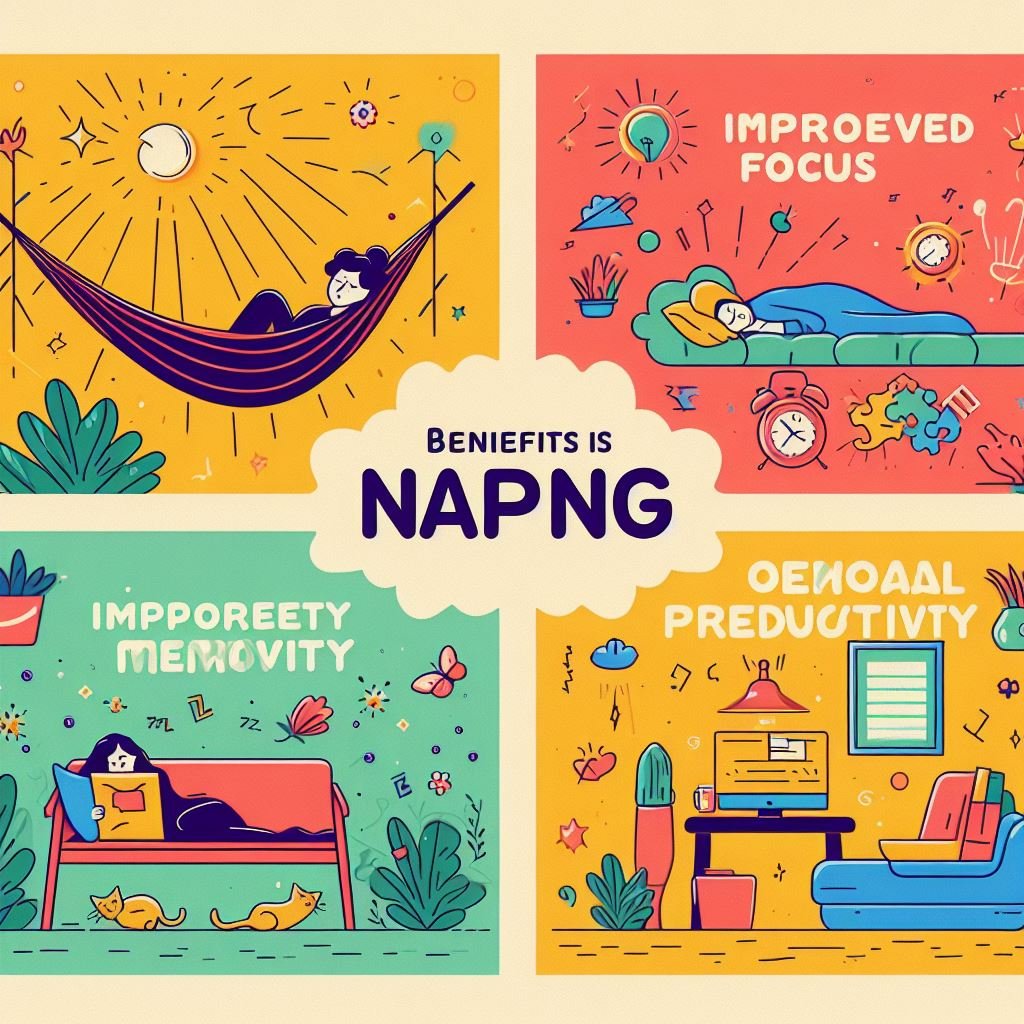
Why Afternoon Naps Are a Sign of Health Not Laziness
Introduction
In a world that often glorifies busyness and productivity, taking an afternoon nap is sometimes seen as a sign of laziness. However, research suggests that daytime napping can actually be a beneficial practice for both physical and mental health. In this article, we’ll explore why afternoon naps are a sign of health, not laziness, and how incorporating them into your routine can improve your overall well-being.
The Benefits of Afternoon Naps
[Why Afternoon Naps Are a Sign of Health Not Laziness]
Contrary to popular belief, afternoon naps offer a wide range of benefits beyond simply combating fatigue. Here are some reasons why incorporating a short nap into your day can be a sign of good health:
1. Improved Cognitive Function

Taking a nap in the afternoon has been shown to enhance cognitive function, including memory, attention, and problem-solving skills. A brief period of rest allows the brain to consolidate information and recharge, leading to improved mental performance.
2. Enhanced Mood
Napping can have a positive impact on mood regulation, helping to reduce feelings of irritability, stress, and anxiety. By providing an opportunity for relaxation and stress relief, afternoon naps can promote emotional well-being and resilience.
3. Increased Alertness
A short nap can help combat the natural dip in alertness that often occurs in the afternoon, especially after lunch. By giving your body and mind a chance to rest and recuperate, you can ward off feelings of drowsiness and maintain optimal levels of alertness throughout the day.
4. Boosted Creativity
Research suggests that napping can stimulate creative thinking and problem-solving abilities. During sleep, the brain consolidates and reorganizes information, leading to novel insights and ideas. Incorporating afternoon naps into your routine can fuel creativity and innovation.
5. Physical Restoration
In addition to its mental health benefits, napping can also support physical health and recovery. A brief nap can help reduce muscle tension, lower blood pressure, and promote relaxation, allowing the body to repair and rejuvenate itself.
[Why Afternoon Naps Are a Sign of Health Not Laziness]
The Science Behind Napping

Why Afternoon Naps Are a Sign of Health Not Laziness
Understanding the science behind napping can help dispel the myth that afternoon naps are a sign of laziness. When we sleep, our bodies undergo a series of physiological changes that promote rest and restoration. During the early stages of sleep, the brain consolidates memories and processes information, while the body enters a state of relaxation and repair.
Naps typically consist of two main stages: non-rapid eye movement (NREM) sleep and rapid eye movement (REM) sleep. NREM sleep is characterized by slow brain waves and deep relaxation, while REM sleep is associated with dreaming and cognitive processing. By taking a short nap, you can reap the benefits of both NREM and REM sleep, helping to improve cognitive function, mood, and overall well-being.
[Why Afternoon Naps Are a Sign of Health Not Laziness]
Incorporating Naps Into Your Routine

If you’re interested in incorporating afternoon naps into your routine, here are some tips to help you get started:
- Keep it short: Aim for a nap duration of 20-30 minutes to avoid entering deep sleep and experiencing sleep inertia, which can leave you feeling groggy and disoriented.
- Find a quiet, comfortable space: Create a nap-friendly environment free from distractions and noise, where you can relax and unwind.
- Time it right: Schedule your nap for the early afternoon, ideally between 1-3 p.m., to align with your body’s natural circadian rhythm and maximize its restorative effects.
The Social Stigma Surrounding Napping
Why Afternoon Naps Are a Sign of Health Not Laziness
Despite the numerous benefits of afternoon naps, there remains a social stigma surrounding the practice, with napping often viewed as a luxury reserved for the young, elderly, or unproductive. However, attitudes toward napping are gradually shifting as more research emerges highlighting its positive effects on health and productivity.
In some cultures, such as Spain and Greece, the tradition of the siesta—a midday nap followed by a period of rest and relaxation—is deeply ingrained in daily life. These cultures recognize the importance of taking a break during the hottest part of the day to recharge both physically and mentally.
[Why Afternoon Naps Are a Sign of Health Not Laziness]
Debunking the Myth of Laziness
Why Afternoon Naps Are a Sign of Health Not Laziness
It’s time to debunk the myth that taking an afternoon nap is a sign of laziness. In reality, napping is a natural and instinctive behavior observed in many species, including humans. From an evolutionary standpoint, afternoon naps served as a survival mechanism, allowing our ancestors to conserve energy during periods of low activity and replenish their resources for the tasks ahead.
Furthermore, research has shown that napping can actually enhance productivity and performance, making it a valuable tool for individuals looking to optimize their work or study habits. By providing a mental break and refreshing the mind, a short nap can lead to greater focus, creativity, and efficiency upon waking.
[Why Afternoon Naps Are a Sign of Health Not Laziness]
Overcoming Barriers to Napping
Why Afternoon Naps Are a Sign of Health Not Laziness
Despite the benefits of napping, many people face barriers to incorporating it into their daily routine. Busy schedules, workplace norms, and societal expectations often discourage napping or make it impractical for some individuals. However, with a shift in mindset and the recognition of napping as a legitimate self-care practice, more people may feel empowered to prioritize rest and relaxation.
Employers can also play a role in promoting a nap-friendly culture by offering designated nap spaces or flexible scheduling options that accommodate employees’ need for rest. By recognizing the value of napping as a tool for enhancing productivity and well-being, organizations can foster a healthier and more productive workforce.
Conclusion
Why Afternoon Naps Are a Sign of Health Not Laziness
In conclusion, afternoon naps are not a sign of laziness but rather a sign of good health and self-care. By providing an opportunity for rest and rejuvenation, napping can improve cognitive function, enhance mood, and increase productivity. Despite lingering social stigma and practical barriers, attitudes toward napping are evolving as more people recognize its benefits.
Whether you’re looking to boost your mental performance, enhance your mood, or simply recharge your batteries, don’t hesitate to indulge in a short nap when the opportunity arises. Embrace the power of napping as a valuable tool for promoting health, happiness, and productivity in your daily life.
READ MORE ( University of Harvard Article)